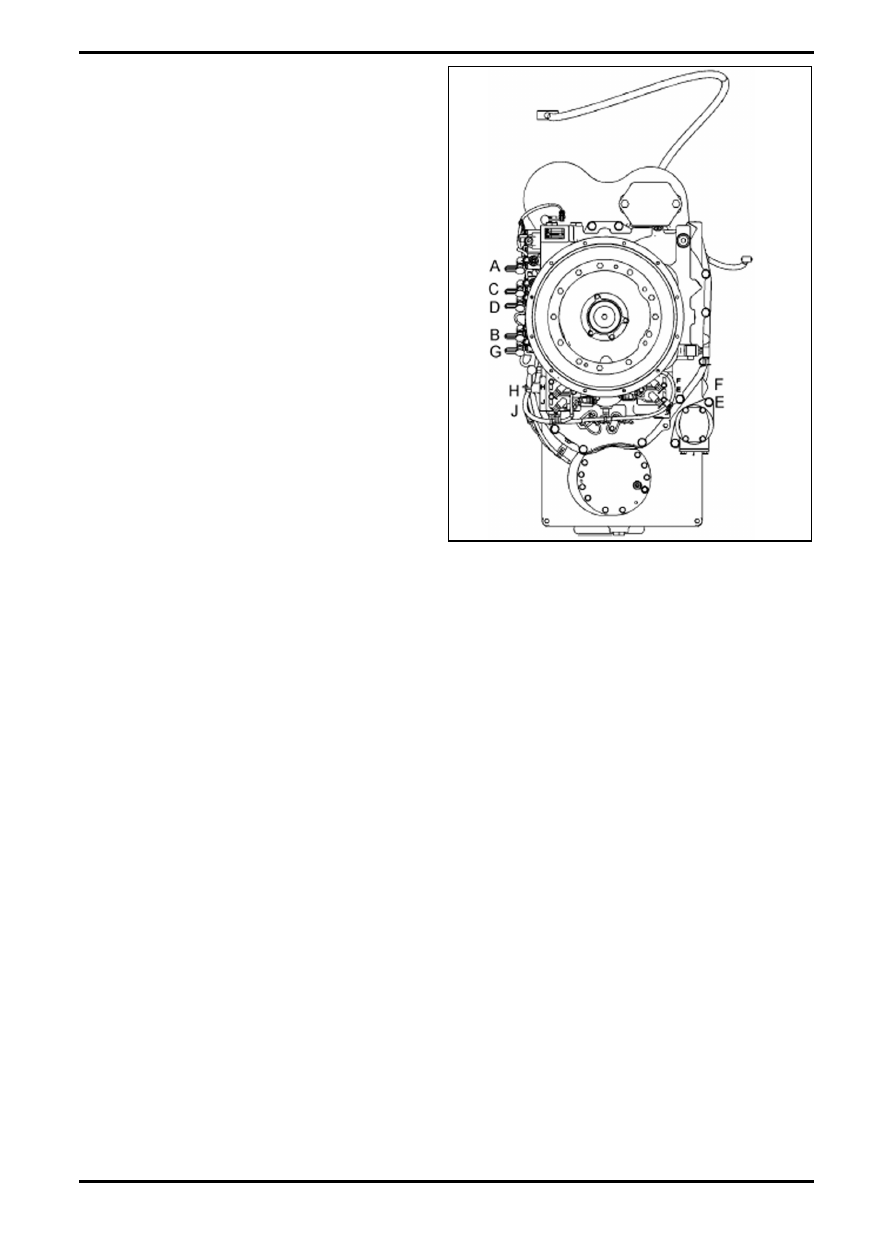Challenger Terra Gator 3244 Chassis. Manual - part 29

627333-A
3-29
Testing and Adjusting
FIG. 11: Modulating Valves
Each modulating valve has a designated letter, as
shown. The letters have been cast into the
transmission housing.
Log the clutch pressures in the table on the next page.
There are always two clutches that are engaged for
each gear selection. Neutral position only uses one
clutch. See the table in order to determine the clutches
that are engaged for gear selection.
FIG. 11
Q000051S